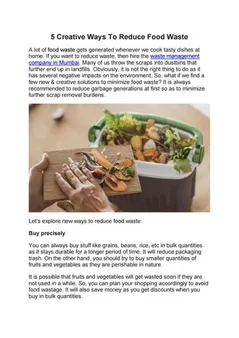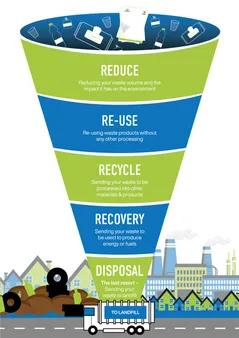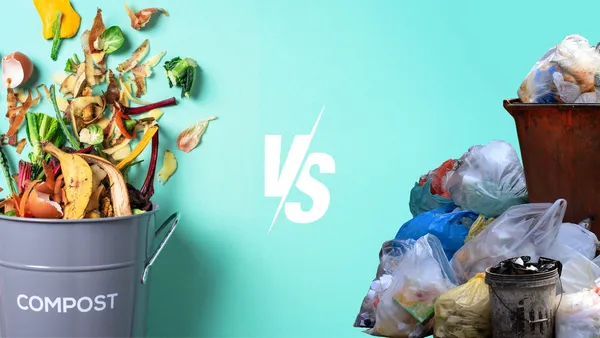Table of Contents
At tauhuichiban, we understand the importance of making your kitchen practices both economical and eco-friendly. One simple yet effective way to achieve this is by learning how to properly save oil after frying. This not only reduces waste but also saves you money in the long run. In this article, we'll delve into the best practices for saving and reusing frying oil, ensuring it remains safe and effective for multiple uses.
Key Takeaways: |
|---|
- Allow oil to cool completely before straining. |
- Store strained oil in a clean container away from heat. |
- Reuse oil for various cooking methods but avoid deep-frying repeatedly. |
- Regularly inspect stored oil for signs of spoilage. |

Save Oil After Frying: The Ultimate Guide To Reuse And Reduce Waste
How to Save Oil After Frying: Tips and Tricks
Give It a Cool Down, Literally
Imagine frying up some delicious french fries. You've got that golden brown perfection, but what about the oil? First things first, let it cool down completely! Think of it like taking a break after a fun game – the oil needs to chill before you can handle it again. Once it's safe to touch, we can move on to the next step!
Straining Out the Leftovers
Remember those little bits and pieces that sometimes get left behind after frying? We don't want those in our saved oil. This is where a strainer comes in handy! Think of it like a little net catching all the crumbs after a picnic. You can use a fine-mesh sieve or even cheesecloth to get rid of any unwanted leftovers. This makes sure your oil stays fresh and ready for round two!
Straining Tool | What It Does |
|---|---|
Fine-mesh sieve | Catches even the smallest food particles. |
Cheesecloth | Provides an extra-fine filter for super smooth oil. |

How to Save Oil After Frying: Tips and Tricks
Reusing Frying Oil Safely: Health Considerations
Why Reusing Oil Too Many Times Can Be a Bad Idea
Imagine frying oil like a sponge. Every time you fry something, especially breaded chicken or fish, it's like the sponge soaking up those flavors and tiny food particles. Now, imagine using that same sponge over and over again. It might not look so great, and it definitely won't smell very good! The same thing happens with oil. Reusing it too many times, especially at high temperatures, can create harmful stuff that nobody wants in their food. It's like leaving your bike out in the rain – eventually, it's going to rust and not work as well.
Listen to Your Nose (and Your Eyes!)
Before you even think about reusing that oil, give it a good look and a sniff. Does it look super dark and murky? Does it smell kind of off, like old fish or burnt food? If so, it's time to say goodbye! Using old, bad oil can be bad for your health and make your food taste yucky. Think of it like checking the expiration date on a carton of milk – you wouldn't want to drink spoiled milk, right? It's always better to be safe than sorry when it comes to frying oil.
- Color: Fresh oil is usually light yellow. As it's reused, it darkens. If it's super dark or almost black, it's time to toss it!
- Smell: Fresh oil has a neutral smell. Reused oil might smell like the food you fried. If it smells burnt, fishy, or just plain bad, don't use it!
- Texture: Fresh oil is smooth. Reused oil can get sticky or thick. If it doesn't pour easily, it's a sign that it's time for fresh oil.

Reusing Frying Oil Safely: Health Considerations
Creative Ways to Use Saved Frying Oil
Spice Up Your Life (and Your Oil!)
So, you've got this saved oil, and you're wondering what to do with it besides just frying more stuff. How about adding a little pizzazz? Remember that awesome flavor you get in your food after frying spices? Well, why not infuse that flavor directly into the oil? Let's say you've got some leftover oil from frying chicken. Try tossing in a few sprigs of rosemary, some garlic cloves, and a pinch of red pepper flakes. Let it sit for a day or two, and boom! You've got yourself a flavorful infused oil perfect for drizzling over pasta, pizza, or even dipping bread into. It's like giving your oil a secret handshake with flavor!
From Frying Pan to Baking Dish
This might sound a little surprising, but you can actually use your saved frying oil in baking! Now, hold on a second before you go pouring oil into your cake batter. We're talking about savory baking here, like making delicious homemade bread or biscuits. Adding a little bit of that flavorful oil to your dough can give it a unique richness and depth. Think of it like adding a pinch of salt to your chocolate chip cookies – it just enhances the flavor in a way you wouldn't expect. Plus, it's a great way to use up that oil without feeling like you're stuck in a frying rut!
Savory Baking Ideas with Saved Oil | Flavor Notes |
|---|---|
Rosemary-Garlic Focaccia Bread | Earthy, aromatic, and perfect for dipping in olive oil. |
Cheddar-Chive Biscuits | Savory, cheesy, and perfect for breakfast or brunch. |
Spicy Cornbread Muffins | A little sweet, a little spicy, and perfect with chili or soup. |

Creative Ways to Use Saved Frying Oil
Final Thought
By following the guidelines outlined in this article, you can significantly enhance your kitchen efficiency while contributing positively to environmental sustainability. Remember, proper storage and careful reuse of frying oil are key to maintaining its quality and safety. Always use your senses to check for any signs of spoilage before reusing saved oil. With these practices in place, you're well on your way to a more sustainable cooking routine.